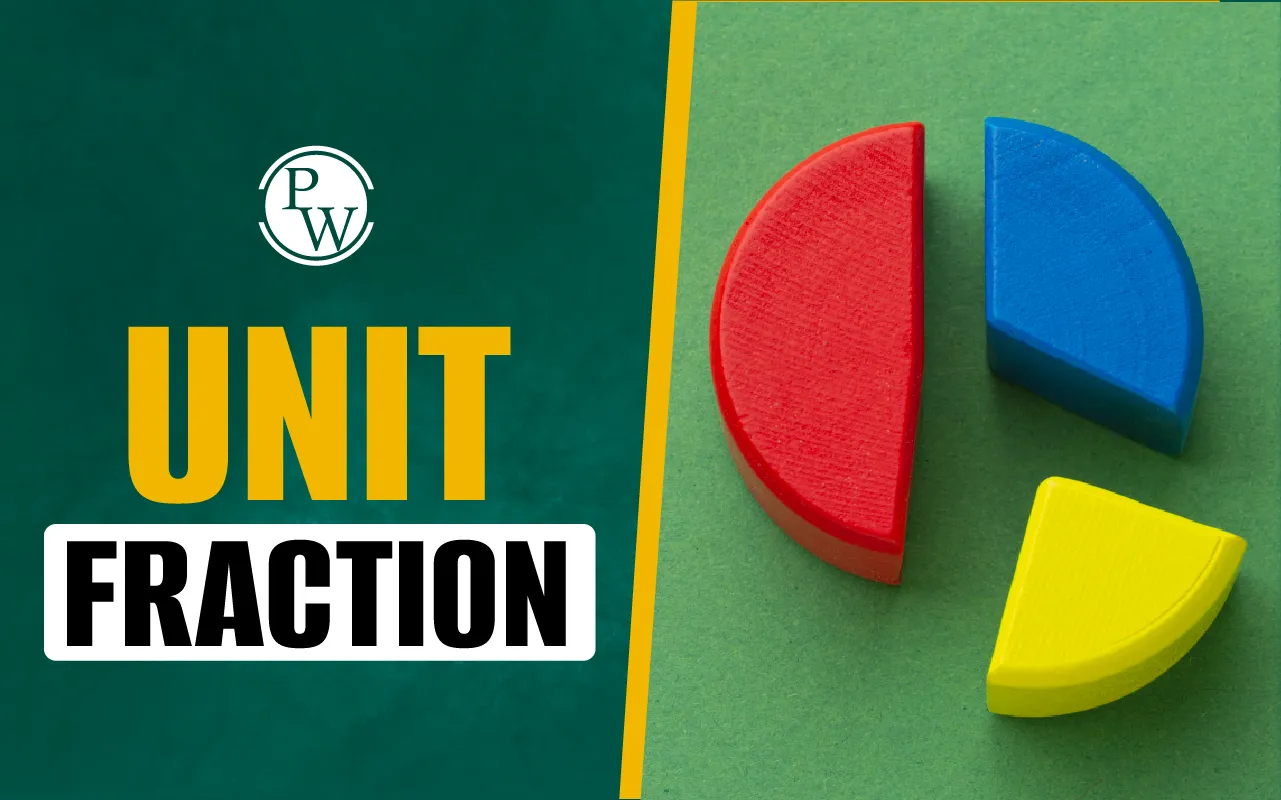
CBSE Class 3 Maths Syllabus: The CBSE Class 3 Maths syllabus introduces fundamental mathematical concepts to young learners. It covers topics like addition, subtraction, multiplication, and division to develop basic arithmetic skills. Students explore shapes, geometry, and patterns, enhancing their spatial understanding. Measurement of length, weight, and capacity is taught, along with the basics of time and money.
Concepts of fractions are introduced at a beginner level. Mental math and problem-solving are emphasized through fun exercises and activities. The syllabus promotes logical thinking and application of math in real-life scenarios, fostering a strong mathematical foundation for higher classes.CBSE Class 3 Maths Syllabus Chapters List
Below we have provided CBSE Class 3 Maths Syllabus Chapters List -|
CBSE Class 3 Maths Syllabus Chapters List |
|
|
Chapter |
Title |
|
1 |
What's in a Name? |
|
2 |
Toy Joy |
|
3 |
Double Century |
|
4 |
Vacation with My Nani Maa |
|
5 |
Fun with Shapes |
|
6 |
House of Hundreds - I |
|
7 |
Raksha Bandhan |
|
8 |
Fair Share |
|
9 |
House of Hundreds - II |
|
10 |
Fun at Class Party! |
|
11 |
Filling and Lifting |
|
12 |
Give and Take |
|
13 |
Time Goes On |
|
14 |
The Surajkund Fair |
CBSE Class 3 Maths Syllabus 2024-25 Overview
Before beginning their preparations, students need to be fully aware of their syllabus. They may use it to determine which chapters they would need to pay closer attention to. The chapters covered in the CBSE 3rd Class Maths syllabus are as follows:|
CBSE Class 3 Maths Syllabus 2024-25 Overview |
|
| Chapter | Description |
| What’s in a Name? | Introduces place value in numbers up to 999 using an abacus or chart for visualization. |
| Toy Joy | encourages the use of addition to solve problems by focussing on addition ideas through amusing scenarios involving toys. |
| Double Century | explains subtraction to students by exploring the concept, perhaps using cricket scores or real-world examples to help them understand "taking away." |
| Vacation with My Nani Maa | May incorporate counting days or weeks spent on vacation with relatives, although presented as a story chapter. |
| Fun with Shapes | Introduces basic 2D shapes like circles, squares, and triangles, familiarizing students with their properties and identification. |
| House of Hundreds I | goes deeper into the composition, comparison, and understanding of numbers in the hundreds place. |
| Raksha Bandhan | Introduces simple division concepts like sharing sweets or gifts equally among siblings (based on an Indian festival). |
| Fair Share | explains division concepts in more detail, maybe utilising examples from everyday life, such as friends sharing fruits or chocolates. |
| House of Hundreds II | gives more experience and difficulties with numbers in the hundreds place value. |
| Fun at Class Party! | Might weave in mathematical concepts like counting party supplies or organizing games that require basic calculations. |
| Filling and Lifting | Introduces measurement concepts, particularly length or volume, through activities like filling containers with water or sand. |
| Give and Take | Continues practicing addition and subtraction in various contexts, possibly using real-life scenarios like buying candies and giving some away. |
| Time Goes On | Introduces concepts related to time, familiarizing students with days, weeks, and months, and possibly using a calendar for practice. |
| The Surajkund Fair | Similar to Chapter 4, this chapter might involve practicing calculations or estimations related to money spent or items bought. |
Tips to Prepare CBSE Class 3 Maths Syllabus 2024-25
CBSE Class 3 Maths Syllabus FAQs
What is the CBSE Class 3 Maths syllabus for 2024-25?
How can students prepare for the CBSE Class 3 Maths syllabus?
Are there any practical applications in the CBSE Class 3 Maths syllabus?
Is CBSE Class 3 Maths difficult for students?
What resources can parents use to help their child with CBSE Class 3 Maths?










